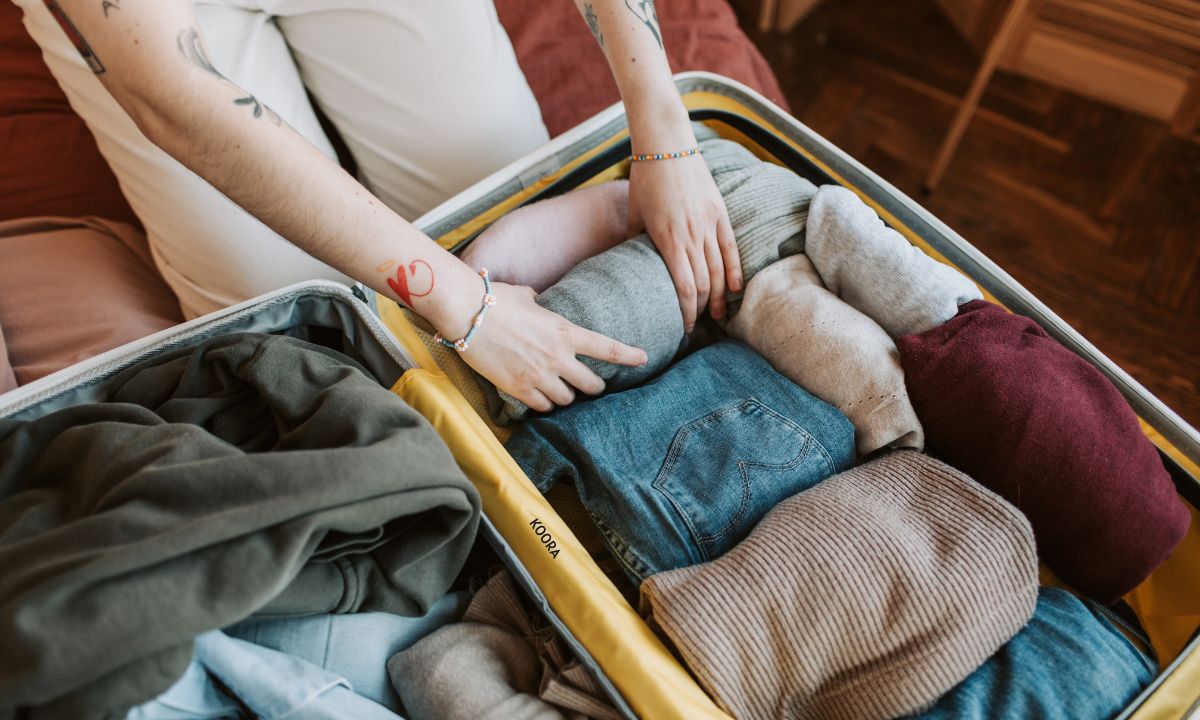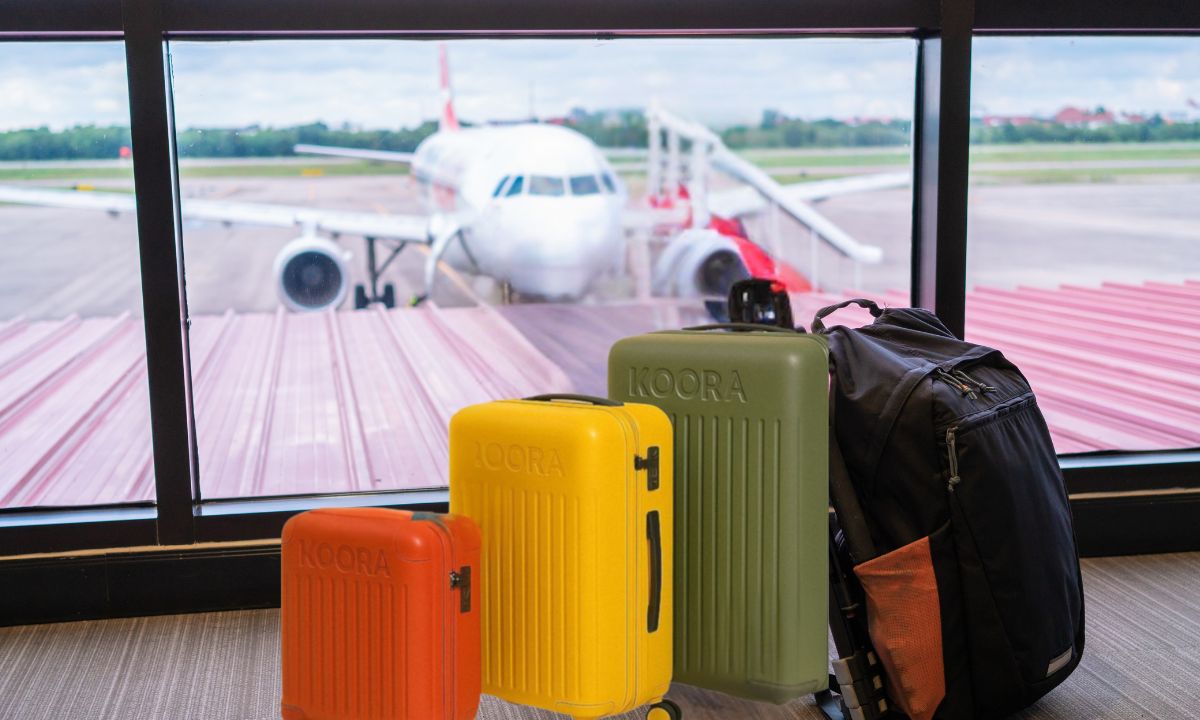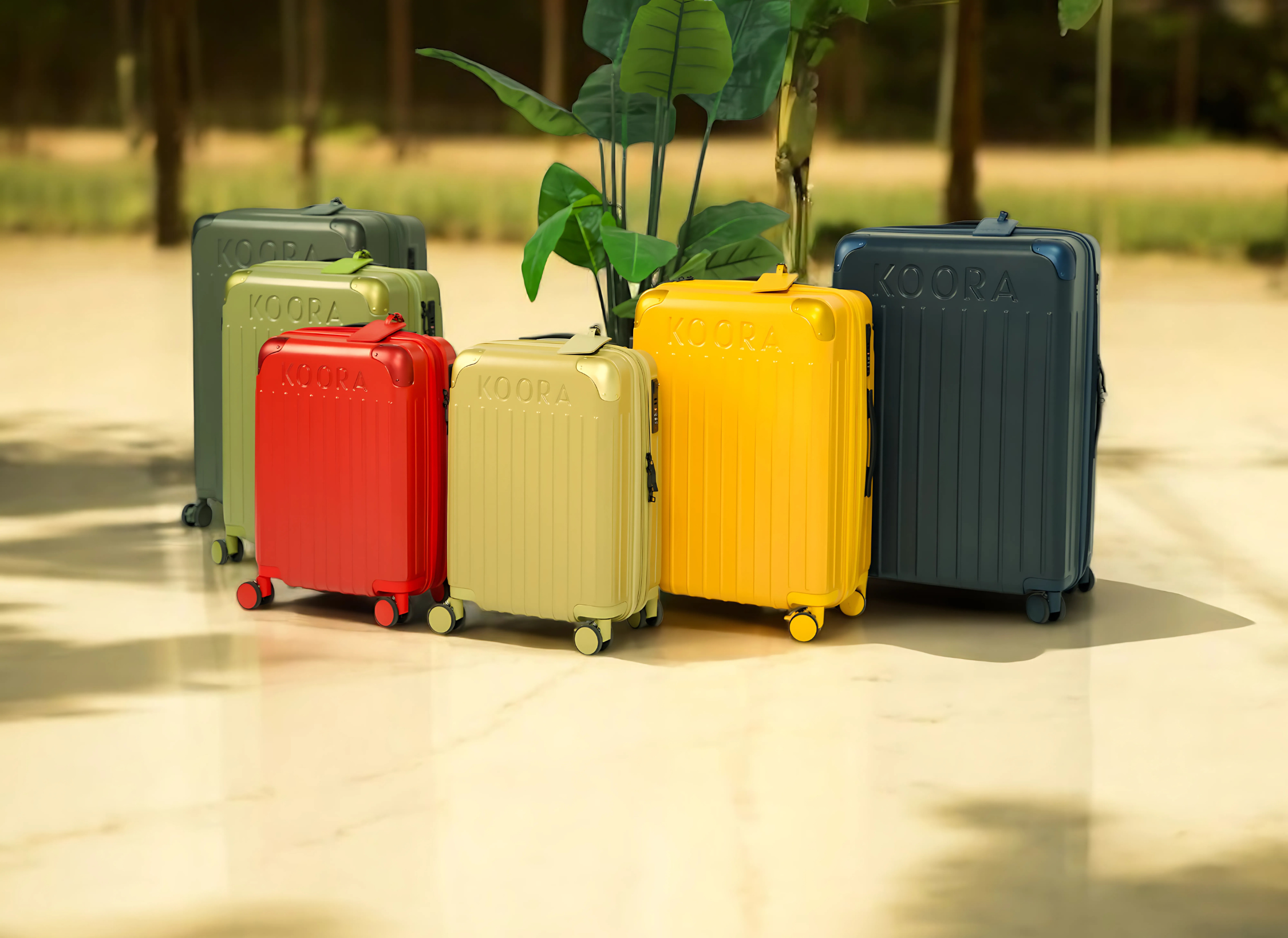
Size Matters: A Complete Guide to Carry-On Luggage Dimensions by Airline
When it comes to travel, especially in 2025, where more people are going “carry-on only,” knowing your airline’s size rules can make or break your trip. Show up at the gate with a bag that’s an inch too big or a kilo too heavy, and you could be facing extra fees—or worse, forced to check your bag.

We have to acknowledge the fact that no passenger wants to open their bulging suitcase at the front of the boarding queue while other passengers judge. The following complete guide to carry-on luggage sizes by airline helps travellers stay confident with their packing without unexpected incidents.
Why Carry-On Dimensions Matter More Than Ever
Travelling with a carry-on is smart: you skip baggage claim, avoid checked baggage fees, and always know where your stuff is. But airlines don’t follow one standard size or weight rule. What’s accepted on one flight might be rejected on another.
Budget airlines, especially, have become stricter, shrinking size allowances and increasing penalties for bags that don’t fit their templates. If you’re flying internationally or hopping between different carriers, it’s crucial to pack according to the strictest policy of the airlines on your route.
So What’s the “Standard” Carry-On Size?
Unfortunately, there’s no universal answer, but most major airlines hover around a common range. The most typical maximum size you’ll see is:
22 x 14 x 9 inches (56 x 36 x 23 cm) — this includes wheels and handles.
Some airlines offer a bit more wiggle room, especially for domestic flights in the U.S., while others, particularly low-cost European and Asian carriers, are far more strict.
A safe rule of thumb? If your bag is smaller than 22 x 14 x 9 inches, you’re likely good for most mainstream airlines. But don’t forget about weight, especially in Europe and Asia, where limits can be as low as 7 kg (15 lbs).
What U.S. Flyers Need to Know
Travellers who fly with any of the large U.S. airlines that include Delta, United and American Airlines, as well as JetBlue, will find accommodating policies. Carriers under these airlines present more flexible conditions regarding size and weight regulations. Most airlines accept carry-on bags that measure 22 x 14 x 9 inches, while they rarely place limitations on weight. Southwest even allows slightly larger bags.
Travellers using Spirit and Frontier planes must be aware that their flight experiences shift quickly upon selection. The standard fares from these carriers do not permit a free carry-on allowance, and only permit personal belongings such as backpacks or handbags. Gate fees will be charged for any full-sized carry-on that has not been pre-paid for at Spirit or Frontier.
Always check your fare class. Just because the airline allows a carry-on doesn’t mean your ticket does.
Travelling in Europe? Read the Fine Print
European budget airlines are famous (or infamous) for their strict baggage policies. Airlines like Ryanair, EasyJet, and Wizz Air often advertise cheap fares, then charge you extra for everything else, including cabin luggage.
These airlines may allow only a small underseat item (think 40 x 20 x 25 cm) for free. To bring a full-sized carry-on, you typically need to pay for priority boarding or an upgraded fare. And they’re not shy about enforcing these rules with sizers at the gate.
Legacy airlines in Europe, like British Airways, Lufthansa, and Air France, are a bit more lenient. Still, they often have strict weight limits, ranging from 8–12 kg (17–26 lbs). That means even if your bag fits, it could be flagged if it’s too heavy.
What to Expect in Asia
Travelling within Asia? You’ll encounter some of the strictest carry-on rules globally. Airlines such as Singapore Airlines, ANA, JAL, and AirAsia commonly restrict bags to 7–10 kg (15–22 lbs) and will weigh your bag at check-in or the gate. Yes—even your item sometimes gets included in the total weight.
In some cases, even if your bag meets the size limit, the airline may ask you to check it if it’s overweight or the overhead bins are full.
Bring a lightweight backpack or compressible duffel as your item. Pack heavy items (laptop, camera, charger) in it to balance your total weight.
Personal Item vs. Carry-On: What’s the Difference?
Most airlines allow two pieces onboard: a carry-on suitcase (for the overhead bin) and a personal item (for under the seat). But what qualifies as a personal item?
Usually:
-
A small backpack
-
A laptop bag
-
A purse or handbag
Each airline has different rules here, too. Some low-cost carriers only include the personal item in their basic fare, and anything larger (like a rolling suitcase) requires an upgrade. Always verify what's included in your ticket.
Pro Tips for Staying Within Limits
To avoid surprise fees or last-minute repacking, follow these carry-on best practices:
-
Measure your bag from top to bottom, including the wheels and handle.
-
Weigh your carry-on fully packed using a digital luggage scale.
-
Pack light, especially on international trips where weight is often checked.
-
Wear your heaviest items (like boots or coats) while boarding.
-
Use packing cubes to stay organised and maximise space.
-
Know your ticket type—not all economy fares include a carry-on.
-
Download your airline’s app to stay updated on baggage policy changes.
Why We Recommend the Koora Carry-On
If you’re searching for a bag that plays nicely with most airline limits, look into the Koora Carry-On. It’s specifically designed for modern carry-on-only travellers: sleek, compact, durable, and airline-approved in both size and weight.
Its 39l capacity, soft-shell flexibility, and minimalist design make it a smart option for frequent flyers who want one bag that works almost anywhere. It fits under seats when needed, rolls easily through narrow aisles, and keeps everything organised.
Final Word: Size Smart, Travel Easy
In 2025, carry-on only travel is more popular than ever, but the rules haven’t gotten simpler. Knowing the airline policies protects you from expensive surcharges while policy restrictions tighten.
The knowledge of baggage rules, with a well-planned carry-on choice and global specifications, will help you save stress and money while letting you keep your focus on the upcoming adventure.
Remember that in air travel, luggage size matters most, yet your proper bag selection with preparation will ensure you eliminate all size-related problems.



Leave a comment
This site is protected by hCaptcha and the hCaptcha Privacy Policy and Terms of Service apply.